This is What Science Stands For: Exhibiting at AGU Fall Meeting 2018
Yesenia Valverde ·Every fall, the American Geophysical Union hosts the largest meeting of Earth and space scientists from around the world for a week of workshops, presentations, field trips, networking events, and so much more. Rumored to have had more than 27,000 attendees this year, it’s an impressively large and exciting conference, overflowing with opportunities to learn, share, and network. IAN staff attended the meeting last month, which, for the first time ever, took place in Washington D.C. from Dec. 10-14th.

The 2018 theme was “This is What Science Stands for,” calling on the scientific community to question not only the principles and values that characterize science, but also the issues that we, as a community, choose to stand behind and advocate for.
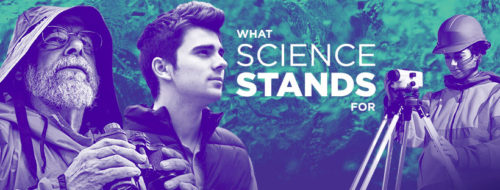
AGU’s Sharing Science program had its largest presence at the conference this year, with around thirty events happening throughout the week. Workshops on storytelling, multimedia, and even poetry, panels featuring prominent science writers and advocates, and interactive activities including the popular Sketch Your Science wall. As attendees scurried across the hall from room to room, they were encouraged to pick up a dry-erase marker and draw a depiction of their research, contributing to an increasingly colorful stretch of whiteboard wall. Despite my poor drawing abilities, I too sketched my science, doing my best to draw the elevational range shifts of my undergraduate thesis. Someone must’ve took pity on my sad attempt because I somehow won the prize for that day.
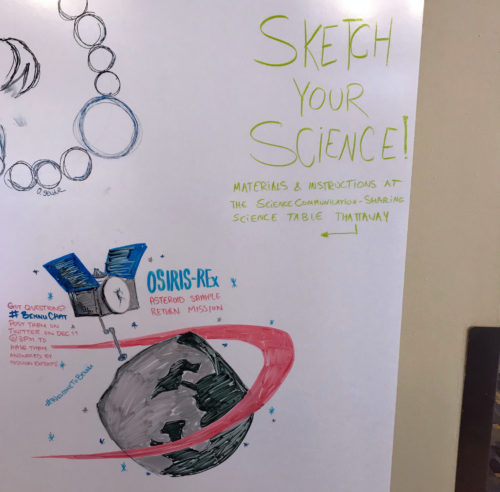
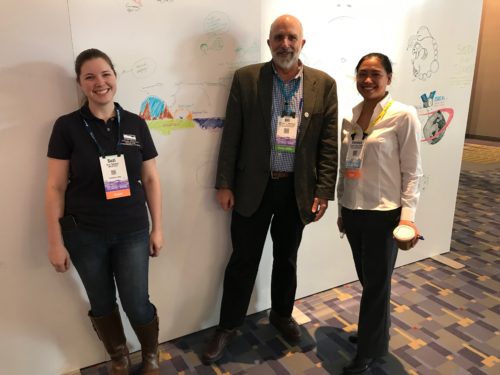
Within the Exhibit Hall, almost 400 exhibitors set up booths, spanning from instrumentation companies to government agencies and research organizations to even gem vendors. There was very much to see, lots to learn, and, of course, great swag to collect. My favorite booth was NASA’s. Aside from their presentation platforms and highly-visited information kiosks, they also displayed items from their collection of astromaterials, including a lunar rock collected on Apollo 11!
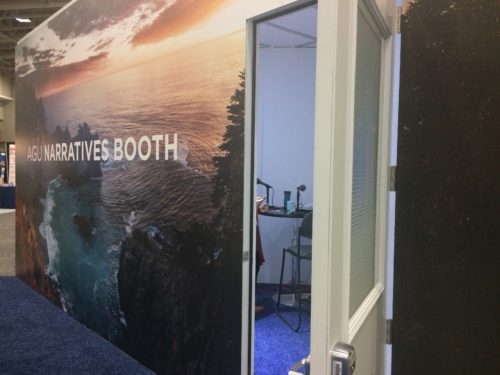
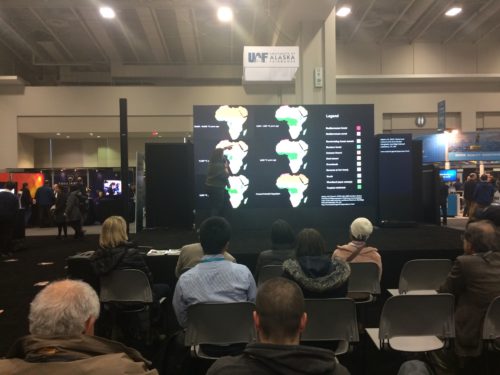
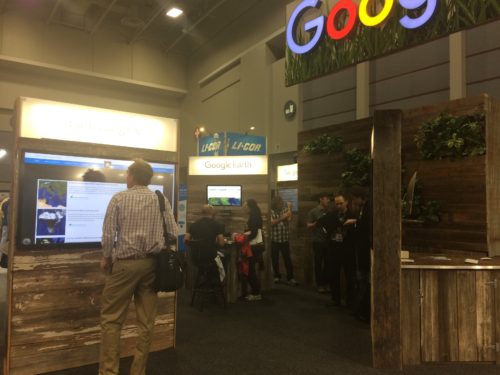
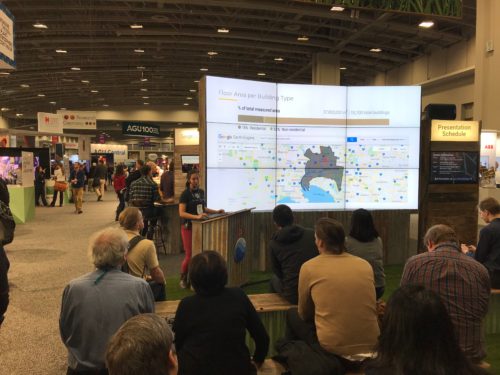
IAN had two exhibit booths during the week. One highlighted the Ecological Drought project with the US Geological Survey National Climate Adaptation Centers. Showcasing the regional newsletters and the U.S. Caribbean oral history project, “Climate Extremes”, the booth was visited by many people curious about the term “ecological drought” and science communication. Often, scientists shared about how their own work related to the topic and commended the impressive collaboration of Centers across the country.
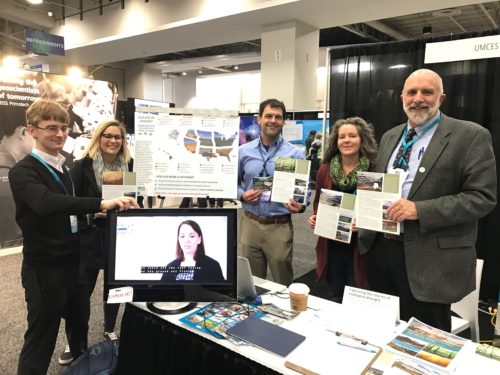
The other booth was about the Healthy Rivers for All initiative, in partnership with the World Wildlife Fund. The initiative aims to empower stakeholders around the world in managing their fresh water resources by developing and using report cards. Our Practitioner’s Guide to Developing River Basin Report Cards received lots of attention, as did the “Get the Grade” game board, stakeholder cards, and IAN video.
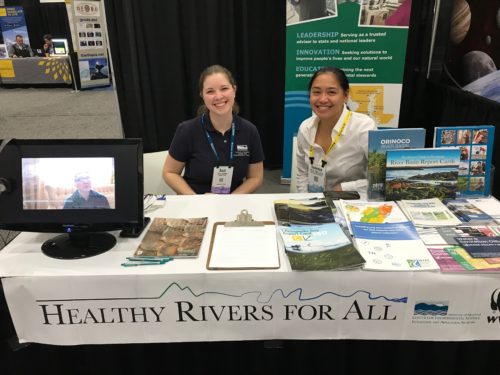
All in all, the booths proved to be a great opportunity to get the word out about IAN, and we’re looking forward to being at more conferences in the future.